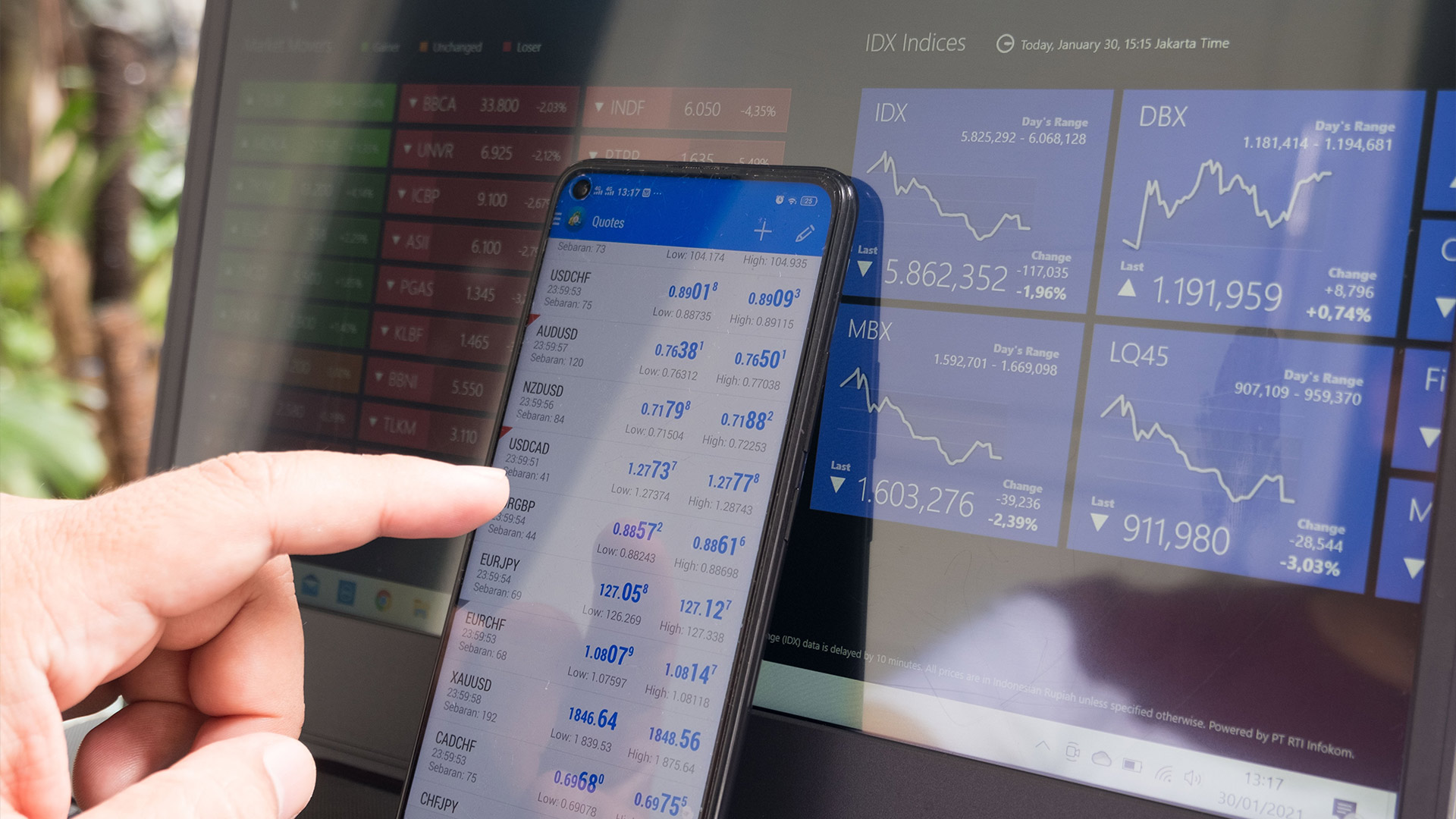Better Cross-Border Payments Are Good for Everyone
How banks can grow market share, fuel economic growth and improve financial inclusion
The volume of cross-border payments continues to grow thanks to increases in global trade, consumer remittances, e-commerce and tourism.
Yet for many consumers and small- to medium-sized businesses, cross-border payments remain slow, expensive and uncertain. The problem has attracted the attention of global leaders, and the G20 group of nations have identified cross-border payment inefficiency as a barrier to trade, growth and financial inclusion. That said, the total value of cross-border payments is still expected to grow to more than $250 trillion by 2027, up from $150 trillion in 2017.
Despite increasing demand, cross-border payments remain convoluted and unstandardized. Any cross-border payment must comply with the rules issued by each country’s banking system—and there are an estimated 26,000 such rules globally. Payments can also be hindered by multiple verification checks or by outdated technologies, manual processes or slow FX settlement at any bank along the payment chain. The added element of FX to a cross border payment can make it even more complex. Costs and delays tend to increase even further when bridging uncommon currency pairs.
As a result, some individuals and businesses are moving their payment volumes to non-bank or specialized firms. Fintech firms are offering alternative solutions—either to banks or directly to remitters..
Swift is improving cross-border payments
Fortunately, Swift, the leading banking cooperative for payments, is improving the efficiency of cross-border payments. In 2017, Swift launched the Global Payments Initiative, in which member banks track payments with a reference number, and the transparency of fees and charges is enhanced. Today, nearly 80% of all payments on Swift are sent through GPI, and nearly half of them are credited within 30 minutes, with 40% credited in under five minutes.
In 2021, Swift Go was introduced, increasing the processing speed for cross-border payments under $10,000—largely targeting the remittance space. Senders are shown all charges and exchange rates before initiating a transaction. Swift reports that 85% of Swift Go payments are credited in three minutes or less. Banks seeking to offer Swift Go capabilities to their customers should consider partnering with a bank that has a strong correspondent network and FX capabilities.

J.P. Morgan offers cross-currency payment solutions, Xpedite J.P. Morgan offers its Xpedite suite of solutions to help financial institutions make the most of cross currency payment opportunities; using intelligent routing to process payments in the fastest way possible, often through real-time payment networks or low-value local clearing infrastructure. Clients can leverage existing payment connectivity, requiring minimal changes to their existing payment processes.
Xpedite has three components to assist financial institutions with simplifying and tailoring payment experiences for their customers:
- Xpedite Auto automatically converts eligible $ and Euro payments to up to 21 local currencies, bringing about heightened payment control and cost-transparency.
- Xpedite Select gives customers the choice to pay in 120 currencies and into 160 countries—and receive payments in 40 currencies—from one account. Customers can receive live, real-time FX rates or held rates upfront (which are valid for a pre-agreed period of time).
- Xpedite Remit routes consumer-to-consumer cross-currency payments quickly with plug-and-play infrastructure, along with a ready-made connectivity into the SWIFT go ecosystem
Xpedite provides customers with the unprecedented ability to conduct rapid and transparent cross-currency payments into multiple jurisdictions without having to open new accounts or start a relationship with a new institution. Through leveraging proprietary data and intelligent processes, the efficiency associated with FX conversions and payment routing decisions may be increased . Xpedite does not require complex infrastructure builds, as banks can simply use existing channels like Swift, Swift Go or existing APIs.
As the world’s largest FX liquidity provider, with one of the largest correspondent bank networks globally, J.P. Morgan enables banks to bring the best possible solutions to market. For example, using Swift Go and Xpedite, one major South Korean bank allows customers to send wire payments to the US via the Automated Clearing House (ACH) low-value payment network. Transactions are faster and cheaper than those using traditional wires, and customers receive significantly discounted exchange rates.
Better cross-border payments boost trade while improving financial inclusion
For small and medium-sized businesses, using an improved cross-border payment system makes it easier to manage working capital and do business abroad. It’s not just about speed and transparency; many smaller businesses are warming to the benefits of paying suppliers in their home currency.
For remittances, the benefit may be even more profound, as uncertainty and high fees are reduced and confidence is increased for individuals sending precious funds to families back home. Remittances are a large and growing market, valued at $701 billion in 2020 and projected to reach $1.2 trillion by 2030. They are also a major driver of poverty reduction and improved financial inclusion around the world.
For banks, offering improved cross-border payments provides an opportunity to grow market share in an evolving and competitive landscape. It can deepen relationships with existing clients and attract new ones as well. More broadly, it presents an opportunity to support economic growth, and help improve finance inclusion
